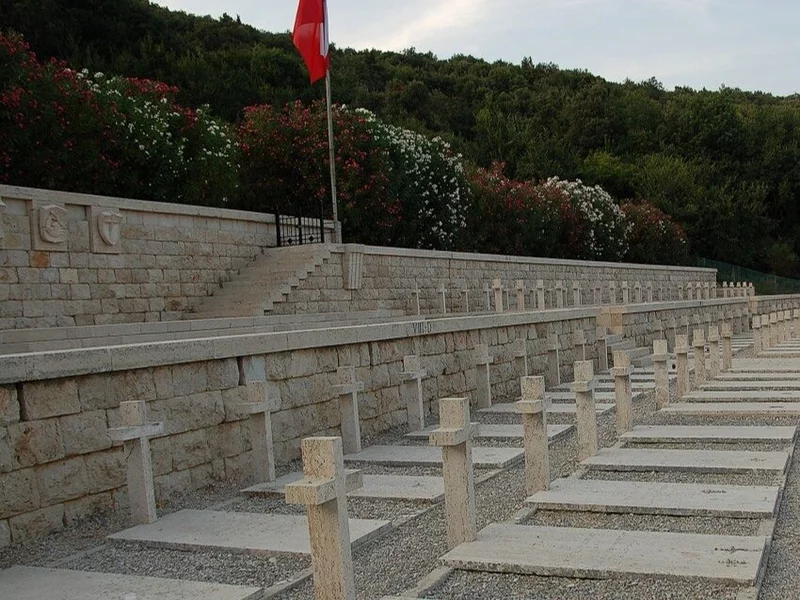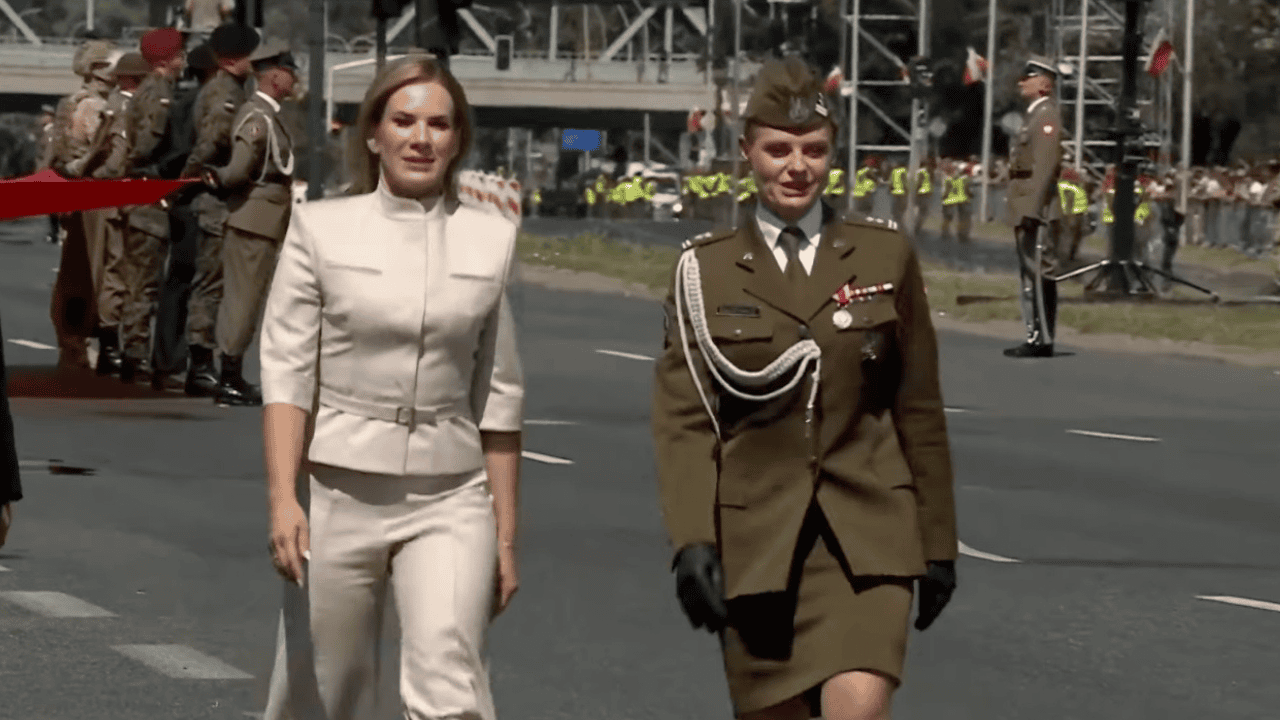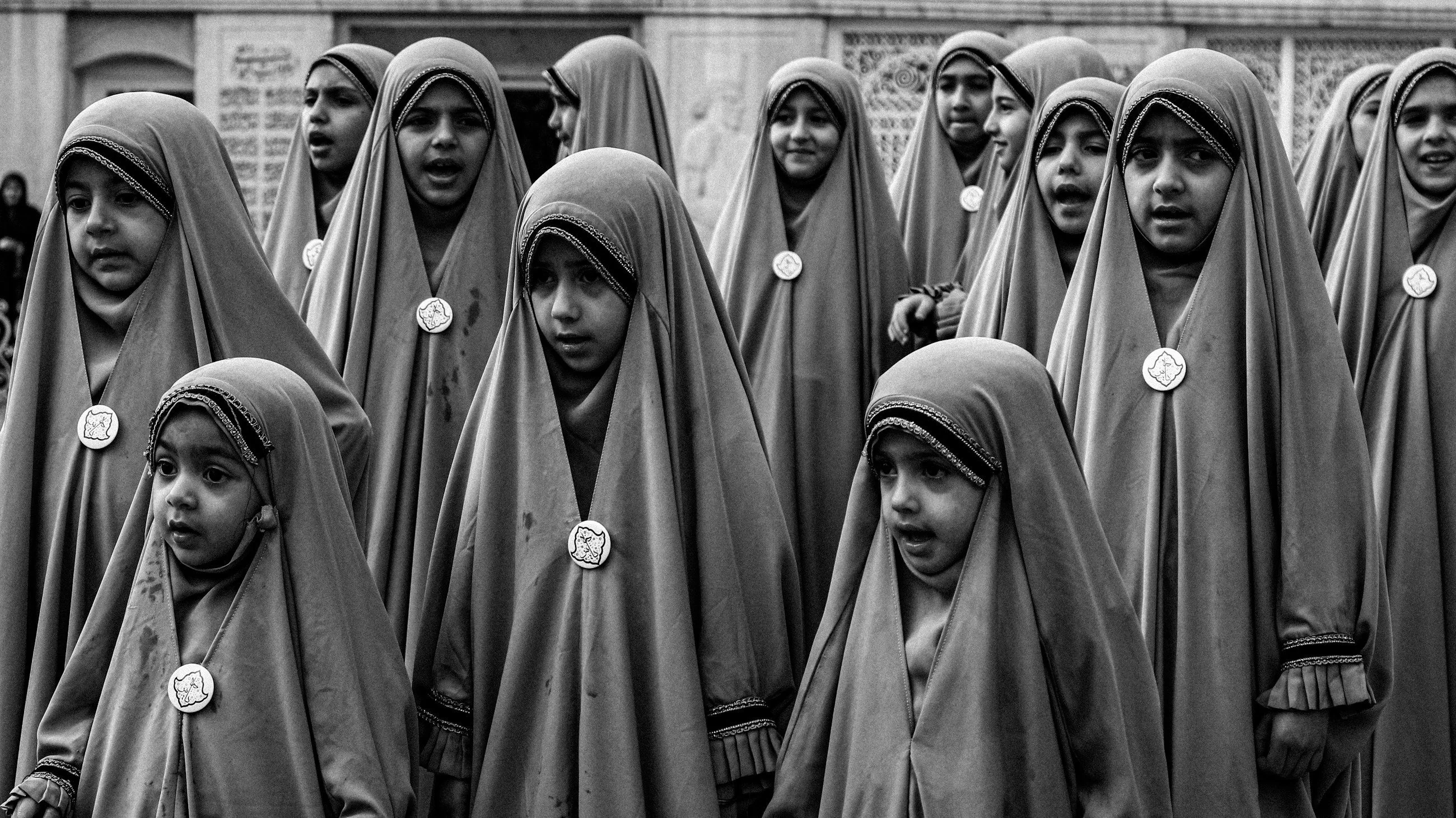This Wednesday, regulations will come into force to clarify in which buildings of public interest protection structures must be located. The Regulation of the Council of Ministers contains detailed criteria and rules applicable to this issue and indicates exceptions. The Regulation published on 6 August is 1 of the elements of the fresh civilian protection strategy in Poland.
Illustration picture.
The Regulation of the Council of Ministers of 31 July 2025, published in the authoritative diary of Laws on 6 August, introduces uniform rules for the designation of protective structures in public buildings. The provisions that will start to apply on 20 August supply that a public utility building in which a civilian protection authority designates protective structure, is an object having at least 1 underground storey. This request applies in peculiar to public administration buildings and hospitals.
The list besides includes buildings intended for social assistance, education and higher education, as well as culture and tourism, as well as sports facilities and offices – if more than 50 people can be present at the same time. For another public buildings or parts thereof, protective structures shall be required erstwhile more than 100 persons or their surface area exceeds 2500 m2 are present in these facilities.
When will there be no shelter?
The Regulation provides for situations where the designation of a protective structure may be waived. They will not be required if the method standards are impossible or there is no request to supply a certain number of shelters. The exception besides applies to cases where the investment is economically unjustified or where there are unacceptable risks associated with possible risks specified as industrial accidents or natural disasters likely to affect the safety of persons in the shelter.
Another derogation is the anticipation of providing shelters in another facility, provided that it is not more than 500 m from the building concerned, measuring the dimension of the escape routes envisaged. Objects held by units for militarisation or already militarised, excluding those subordinate to the Home Minister, will besides be exempted from the obligation.








![Nie spodobało się, iż nazwałam się imamką [Rozmowa z Seyran Ateş]](https://cdn.oko.press/cdn-cgi/image/trim=398;0;424;0,width=1200,quality=75/https://cdn.oko.press/2025/08/AFP__20170728__R207J__v1__HighRes__GermanyFranceReligionIslamMosque.jpg)

